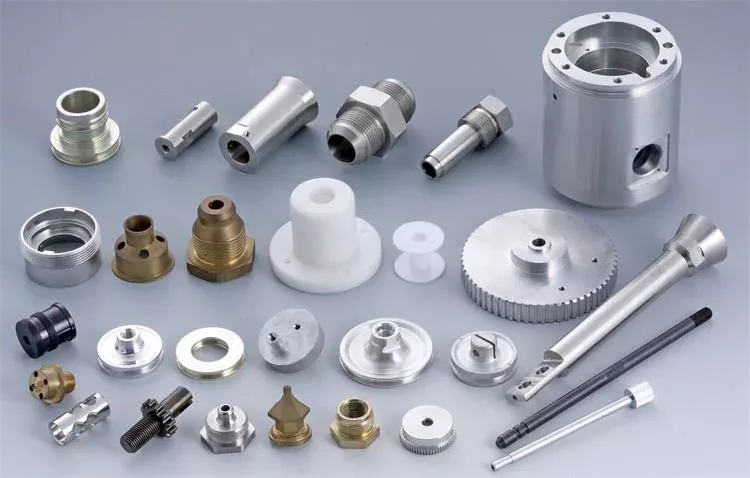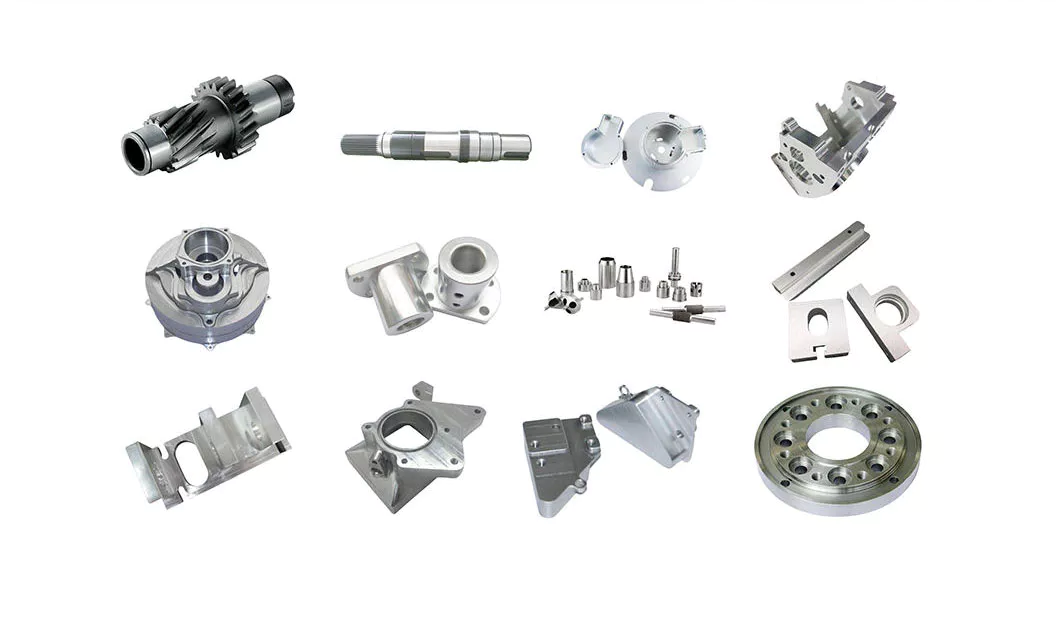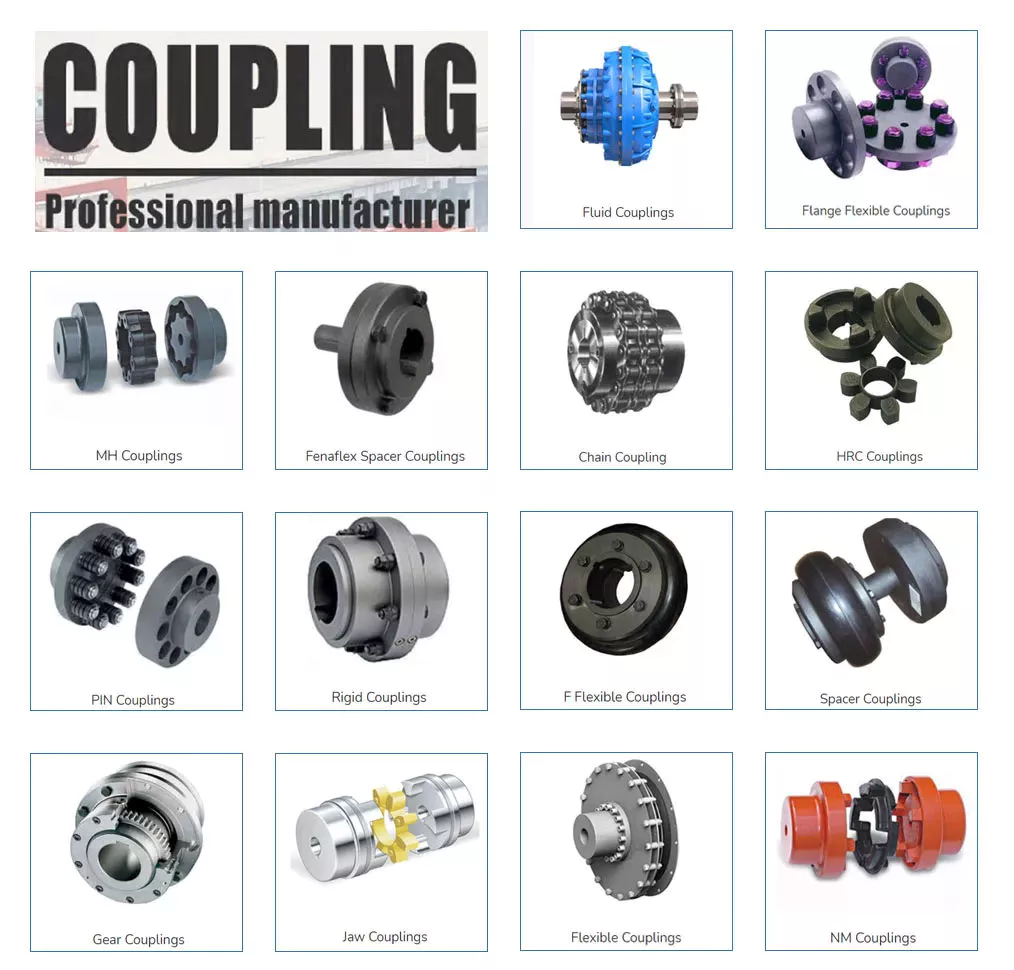Product Description
Quick Details
Model Number:Gardner Denver PZ-7/8/9
Place of Origin:ZheJiang , China
Pressure:High Pressure
Structure:PISTON PUMP
Condition:New
Product name:Mud pumps spare parts fluid end module/ Hydraulic cylinder /valve box
Theory:Reciprocating Pump
Usage:Oil
Power:Electric
Fuel:Diesel
Application:oil drilling mud pump
Supply Ability
Supply Ability:1000 Set/Sets per Month Valve body and valve seat for Gardner Denver PZ-7/8/9 mud pump
Packaging & Delivery
Packaging Details Standard export packaging
Port China Main Port
Lead Time :
| Quantity(Sets) | 1 – 2 | >2 |
| Est. Time(days) | 45 | To be negotiated |
Product Description
Hydraulic cylinder is also called the valve box, it is a major part to the fluid end parts. Blank forged by highstrength alloy steel. After heat treated, with multi-channel processes. The 3 cylinders of each pump is interchangeable. The following key parts: cone sawtooth thread of cylinder head, connect of the curve of all the screw hole and inner cavity.
OilMan can supply various mud pump expendable parts, including power end assembly, fluid end assembly and its spare parts, which can be easily matched & exchanged with some international famous mud pump brand, such as parts for 3NB series Pump, F series Pump, PZ series Pump, HBRS Pump, BOMCO Pump, EMSCO Pump, NOV P Series Pump, IDECO Pump, etc.
Fluid End Module & Spare Parts
.Fluid end module
.Threaded ring
.Lock cap
.Cylinder head
.Cylinder head plug
.Valve cover
.Valve guide
.Liner retainer
.Liner bushing .Liner clamp .Wear plate
Power End Parts
·Bull gear ·Pinion shaft ·Bearing
·Crankshaft ·Connecting & Extension rod
·Crosshead, Pin & Xihu (West Lake) Dis.
Fluid End Expendables
·Liner ·Liner gasket ·Piston ·Piston rubber ·Valve & Seat
·Valve spring ·Valve insert ·Piston rod ·Piston rod clamp
Accessories & Tools
·Pulsation dampener ·Bladder
·Discharge block ·Pressure gauge
·Suction manifold ·Relief valve
·Discharge manifold
Detailed Photos
Company Information
UPET OILFIELD EQUIPMENTS CO.,LTD is 1 of the most well-known suppliers for the oilfield equipments in China, was established in 2000, and now has grown up to a star company which is not big but very strong in this field with our persistant effort step by step in the past years.Our products refer to the whole areas of oilfields, from a very small spare part to a very big complete rig system. Our main products are: pump spare parts, mud pumps&packages, DC/AC Motors, solid control equipments, power units, truck-mounted rigs, workover rigs, land rigs, drilling pipes and drilling tools etc. All of our products are manufactured according to the API Standard, and we are authorized to use API monogram.
Our products have been exported to 15 countries& areas around the world, 80% of our exsisting customers have done the business with us by more than 5 times, no one-off customer. We will continue to expand our range, and win more customers’ trust with our better and better performance.
We welcome the CZPT cooperation relationship with the partners from any places in the world, each customer is our god and helper. Warmly welcome you to come to China and visit us!
With us, you will save money, time, trouble, and most important point is that you can sleep better.
Types of Splines
There are 4 types of splines: Involute, Parallel key, helical, and ball. Learn about their characteristics. And, if you’re not sure what they are, you can always request a quotation. These splines are commonly used for building special machinery, repair jobs, and other applications. The CZPT Manufacturing Company manufactures these shafts. It is a specialty manufacturer and we welcome your business.
Involute splines
The involute spline provides a more rigid and durable structure, and is available in a variety of diameters and spline counts. Generally, steel, carbon steel, or titanium are used as raw materials. Other materials, such as carbon fiber, may be suitable. However, titanium can be difficult to produce, so some manufacturers make splines using other constituents.
When splines are used in shafts, they prevent parts from separating during operation. These features make them an ideal choice for securing mechanical assemblies. Splines with inward-curving grooves do not have sharp corners and are therefore less likely to break or separate while they are in operation. These properties help them to withstand high-speed operations, such as braking, accelerating, and reversing.
A male spline is fitted with an externally-oriented face, and a female spline is inserted through the center. The teeth of the male spline typically have chamfered tips to provide clearance with the transition area. The radii and width of the teeth of a male spline are typically larger than those of a female spline. These specifications are specified in ANSI or DIN design manuals.
The effective tooth thickness of a spline depends on the involute profile error and the lead error. Also, the spacing of the spline teeth and keyways can affect the effective tooth thickness. Involute splines in a splined shaft are designed so that at least 25 percent of the spline teeth engage during coupling, which results in a uniform distribution of load and wear on the spline.
Parallel key splines
A parallel splined shaft has a helix of equal-sized grooves around its circumference. These grooves are generally parallel or involute. Splines minimize stress concentrations in stationary joints and allow linear and rotary motion. Splines may be cut or cold-rolled. Cold-rolled splines have more strength than cut spines and are often used in applications that require high strength, accuracy, and a smooth surface.
A parallel key splined shaft features grooves and keys that are parallel to the axis of the shaft. This design is best suited for applications where load bearing is a primary concern and a smooth motion is needed. A parallel key splined shaft can be made from alloy steels, which are iron-based alloys that may also contain chromium, nickel, molybdenum, copper, or other alloying materials.
A splined shaft can be used to transmit torque and provide anti-rotation when operating as a linear guide. These shafts have square profiles that match up with grooves in a mating piece and transmit torque and rotation. They can also be easily changed in length, and are commonly used in aerospace. Its reliability and fatigue life make it an excellent choice for many applications.
The main difference between a parallel key splined shaft and a keyed shaft is that the former offers more flexibility. They lack slots, which reduce torque-transmitting capacity. Splines offer equal load distribution along the gear teeth, which translates into a longer fatigue life for the shaft. In agricultural applications, shaft life is essential. Agricultural equipment, for example, requires the ability to function at high speeds for extended periods of time.
Involute helical splines
Involute splines are a common design for splined shafts. They are the most commonly used type of splined shaft and feature equal spacing among their teeth. The teeth of this design are also shorter than those of the parallel spline shaft, reducing stress concentration. These splines can be used to transmit power to floating or permanently fixed gears, and reduce stress concentrations in the stationary joint. Involute splines are the most common type of splined shaft, and are widely used for a variety of applications in automotive, machine tools, and more.
Involute helical spline shafts are ideal for applications involving axial motion and rotation. They allow for face coupling engagement and disengagement. This design also allows for a larger diameter than a parallel spline shaft. The result is a highly efficient gearbox. Besides being durable, splines can also be used for other applications involving torque and energy transfer.
A new statistical model can be used to determine the number of teeth that engage for a given load. These splines are characterized by a tight fit at the major diameters, thereby transferring concentricity from the shaft to the female spline. A male spline has chamfered tips for clearance with the transition area. ANSI and DIN design manuals specify the different classes of fit.
The design of involute helical splines is similar to that of gears, and their ridges or teeth are matched with the corresponding grooves in a mating piece. It enables torque and rotation to be transferred to a mate piece while maintaining alignment of the 2 components. Different types of splines are used in different applications. Different splines can have different levels of tooth height.
Involute ball splines
When splines are used, they allow the shaft and hub to engage evenly over the shaft’s entire circumference. Because the teeth are evenly spaced, the load that they can transfer is uniform and their position is always the same regardless of shaft length. Whether the shaft is used to transmit torque or to transmit power, splines are a great choice. They provide maximum strength and allow for linear or rotary motion.
There are 3 basic types of splines: helical, crown, and ball. Crown splines feature equally spaced grooves. Crown splines feature involute sides and parallel sides. Helical splines use involute teeth and are often used in small diameter shafts. Ball splines contain a ball bearing inside the splined shaft to facilitate rotary motion and minimize stress concentration in stationary joints.
The 2 types of splines are classified under the ANSI classes of fit. Fillet root splines have teeth that mesh along the longitudinal axis of rotation. Flat root splines have similar teeth, but are intended to optimize strength for short-term use. Both types of splines are important for ensuring the shaft aligns properly and is not misaligned.
The friction coefficient of the hub is a complex process. When the hub is off-center, the center moves in predictable but irregular motion. Moreover, when the shaft is centered, the center may oscillate between being centered and being off-center. To compensate for this, the torque must be adequate to keep the shaft in its axis during all rotation angles. While straight-sided splines provide similar centering, they have lower misalignment load factors.
Keyed shafts
Essentially, splined shafts have teeth or ridges that fit together to transfer torque. Because splines are not as tall as involute gears, they offer uniform torque transfer. Additionally, they provide the opportunity for torque and rotational changes and improve wear resistance. In addition to their durability, splined shafts are popular in the aerospace industry and provide increased reliability and fatigue life.
Keyed shafts are available in different materials, lengths, and diameters. When used in high-power drive applications, they offer higher torque and rotational speeds. The higher torque they produce helps them deliver power to the gearbox. However, they are not as durable as splined shafts, which is why the latter is usually preferred in these applications. And while they’re more expensive, they’re equally effective when it comes to torque delivery.
Parallel keyed shafts have separate profiles and ridges and are used in applications requiring accuracy and precision. Keyed shafts with rolled splines are 35% stronger than cut splines and are used where precision is essential. These splines also have a smooth finish, which can make them a good choice for precision applications. They also work well with gears and other mechanical systems that require accurate torque transfer.
Carbon steel is another material used for splined shafts. Carbon steel is known for its malleability, and its shallow carbon content helps create reliable motion. However, if you’re looking for something more durable, consider ferrous steel. This type contains metals such as nickel, chromium, and molybdenum. And it’s important to remember that carbon steel is not the only material to consider.


